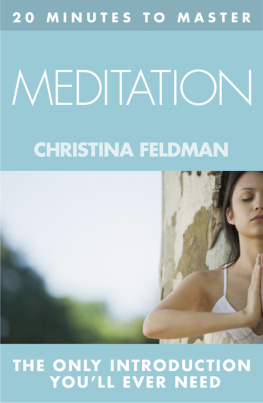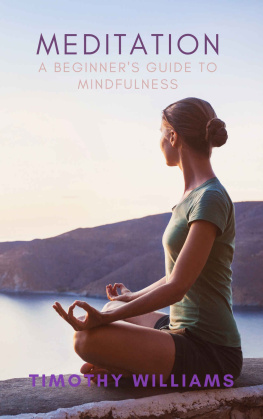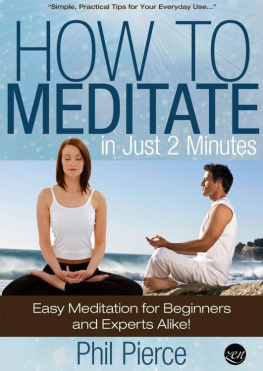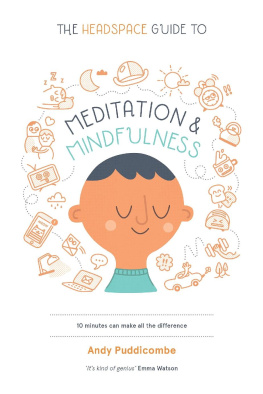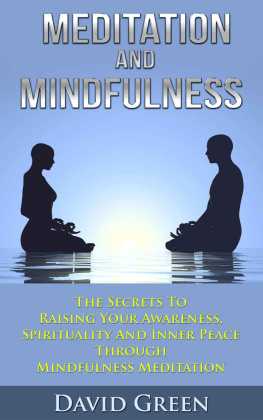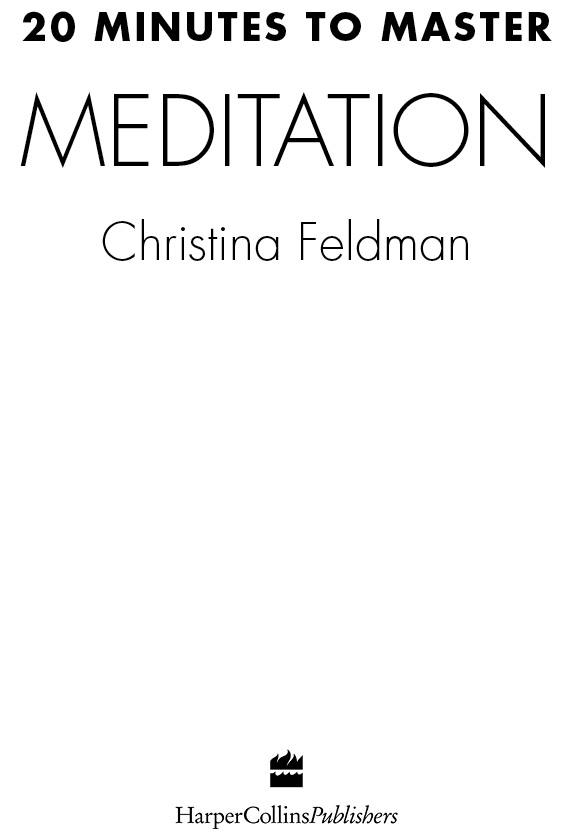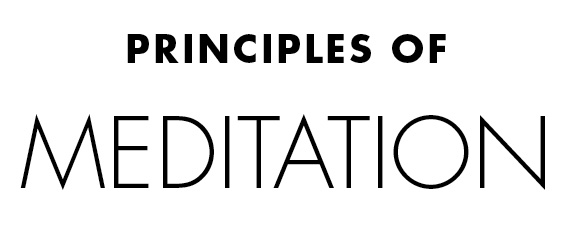This ebook will show you how you can master meditation in just 20 minutes.
The book is split into two parts. The first part, Principles of Meditation, is an original, previously published work from an expert in the field. Its a comprehensive and insightful introduction to the subject, explaining the ideas and techniques that will allow you to develop a true understanding and practise it every day.
If you want to truly master meditation in both the short term and the long term look no further. The answers are here.
For anyone wishing to explore meditation there has never been a richer time to do so. Meditation is no longer the territory of cloistered, religious communities but is readily available to all, regardless of background or religious affiliation. Meditation practices are no longer considered esoteric techniques, shrouded in secrecy but are increasingly being integrated into every level of our culture. Meditation has become the path of countless people who seek spiritual renewal, well-being, calmness and an enriched quality of life. The escalating busyness, noise and stress of our world compels many of us to turn inwardly to find a refuge of stillness and understanding.
The purpose of meditation is to transform and awaken us. It is intended to bring about change through understanding, compassion and clarity of seeing. Through meditation practice our way of seeing ourselves our minds, bodies, characters alters through a process of becoming increasingly sensitive and aware. Our minds have greater access to calmness and clarity, our ways of perceiving ourselves become more intuitive and direct and we begin to understand ourselves with greater depth and compassion. We learn the art of simplicity and disentangling ourselves from the knots of confusion, images, habitual reactions and tension. We learn the skills of calmness and discover a way to be at peace with ourselves. The personal transformation that occurs translates into a growing capacity to approach our lives with increasing skilfulness, wisdom and care. The choices we make in our lives, our way of relating to other people and the events of our lives, is guided by sensitivity, mindfulness and calm.
Within the variety of schools of meditation there are both mystical and practical elements. Through meditation practice we open up to new understandings and revelations, we enter into previously unfamiliar territory of stillness, oneness and grace. Profound and sometimes startling encounters with depths of concentration, peace and unity are possible through meditation practice. The insights that come to us through meditation translate into very real changes in our lives. Our minds and bodies calm a tangible sense of well-being and balance begins to permeate all of our lives. Our capacity to think clearly and intuitively deepens, our potential for creativity is enhanced and the inner calmness we discover manifests in an increased calmness and harmony in our lives.
Meditation is inherently experiential. It cannot be learned as a purely scholastic subject nor simply taught as an intellectual exercise. Meditation is not a new belief system to be adopted or a collection of information to be absorbed. Whatever style or discipline we adopt its effectiveness is reliant upon our direct personal exploration, practice and experience with it. Meditation introduces us to the life of our mind, body and feelings on a moment to moment level we increasingly see clearly the ways we affect our world and the ways we are affected by it. This is the starting point of a journey of transformation the possibility of travelling new pathways in our lives and relationships emerges. There are thousands of meditation styles and practices in existence which each have unique differences and fundamental similarities. The primary theme that is shared within this variety of disciplines is the invitation to direct and personal experience. No one can substitute for us on this journey, no one can give to us the profound benefits of meditation, no one can effect change for us every tradition of meditation invites us to participate directly and to see for ourselves.
Throughout history people have retreated to mountain tops, to deserts and caves in order to meditate; to find an inner sanctuary of calmness, depth and wisdom. Every culture and tradition in our world, from Asia to the Amazon, has created within it a system or discipline designed to evoke altered states of consciousness, an enhanced sense of the sacred and to bring to fruition our own potential for awakening. Meditation is not a mindless repetition of a ritual or formula but a direct response to our own aspirations for oneness, wisdom and freedom. As meditation has become more accessible in recent decades there is no longer the demand to withdraw from the world or profess life-long vows. We learn to cultivate a path of peace and understanding in the midst of our lives with their variety of demands and challenges guided by the same longings for calm, depth and wisdom.
Before we ever begin formally to practise meditation we will all experience both the longings for peace and depth and glimpses of genuine meditation. Moments when our minds calm and still: maybe a moment walking through a park when our attention is captivated by the sound of a bird and we listen wholeheartedly; it may be a moment when we feel deeply touched by the sorrow or pain of a friend, and separation gives way to deep intimacy and openheartedness; or perhaps the at times surprising moments within ourselves when we are able to let go of anxiety and preoccupation and experience hints of oneness and clarity these are moments of meditative experience. These moments, as well as the vast variety of meditative practices and systems are like the finger pointing at the moon in moments of stillness and calm we have just a brief glimpse of the richness and harmony possible for us; the challenge of developing and sustaining a path still lies before us. They invite us to discover for ourselves the heart of meditation. These moments inspire us to discover and develop an enduring peace, happiness and stillness, rather than the random moments previously encountered.
Through this book I will attempt to describe some of the major paths of meditation, looking at both their unique features and aims, and the essential principles they share. There are basic instructions describing the ways to begin to practise paths of concentration, devotion and mindfulness. The chapter on calming the mind and body provides some simple techniques for alleviating stress and tension. Exercises for integrating formal meditation into our daily lives are given.

